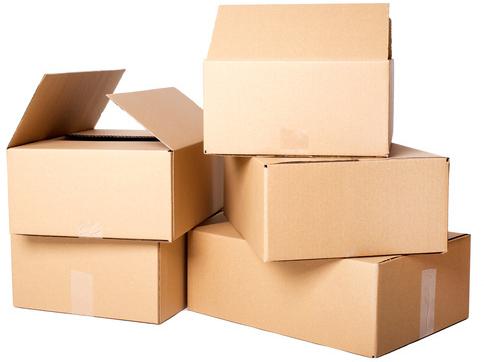Nourishment stockpiling and augmenting timeframe of realistic usability
Specialists anticipate that our present propensities in regards to nourishment and eating would make an amazingly desperate – and practically moment – issue amid an expansive scale fiasco situation. The reason is basic. Our cutting edge society has prepared us to work on an everyday premise. We will in general purchase just what we require, depending on fast stops at the market (or the drive-through) to furnish us with simply enough sustenance to get us by until the following day.
What happens when the majority of the eateries close and the supermarket racks are unfilled? On account of the broadly embraced Kanpan strategy of stocking our stores, nor is an absurd plausibility. Kanpan began in Japan and spins around stocking simply enough products to get by until the following conveyance – so when conveyances stop, there's almost no to go around.
The arrangement and methods for relieving that hazard is straightforward, however it's something that every one of us must handle individually. We should each stock our very own sustenance supplies in anticipation of crises, and we should stick to the accepted procedures that will guarantee that our nourishment reserve remains protected and nutritious for whatever length of time that conceivable.
Five contemplations for long haul nourishment stockpiling
Putting away nourishment appropriately is generally a matter of condition. While numerous survival nourishments are bundled in manners that are intended to battle the accompanying five dangers against time frame of realistic usability, it's a smart thought to store your sustenances in a place where these components are limited:
Light
You're most likely acquainted with MREs, the prepackaged foodstuffs generally utilized by our military. While it may appear the vacuum-fixed sacks are the way to a MREs in length life, there are two other plan perspectives that give them so much life span.
The first is the misty, dark colored external packaging which battles the desolates of light. (This is a similar motivation behind why drain started showing up in yellow containers.) Light (UV radiation) separates nourishments, gradually decreasing their dietary benefit after some time. Sustenance, regardless of whether eatable, isn't much good in the event that it doesn't give life-continuing supplements!
As a matter of first importance, store your nourishments in a dim place. At that point take a page from the MRE structure manual and keep your nourishments in obscure holders.
Warmth
The second triumph of MRE configuration includes the intelligent Mylar layers of their packaging. This material is intended to shield the substance against warmth, another foe of sustenance quality.
Warmth will have the most impeding impact on your put away sustenance, so take measures to diminish your reserve's introduction to coordinate daylight and transmitted warmth from machines. Discovering cool areas to store your nourishment can be precarious in warm conditions, so your best alternative will be to turn through your sustenance stores all the more every now and again.
Temperature steadiness is additionally a factor, as often changing temperatures can present dampness and additionally cause nourishments to ruin.
Oxygen
Oxygen is one of your sustenance stockpiling foes, which is the reason such a significant number of survival nourishments are bundled in vacuum-fixed compartments. Oxygen bolsters minute creatures that will fall apart the dietary benefit of your sustenance and cause it to ruin. (Oxygen is additionally required by bugs, for example, weevils, which will demolish your nourishment stores in an entirely obvious and obtrusive way.)
Fixing your sustenance in sealed shut compartments is a decent begin, yet you can go the additional mile by adding oxygen safeguards to your capacity designs. These safeguards are ordinarily sacks or bundles of powdered iron. When you seal these parcels in indistinguishable water/air proof compartment from your nourishment, they gradually assimilate dampness and start to rust. Rusting includes a synthetic procedure called oxidation, which really goes through whatever oxygen is in the compartment, supplanting it with protected and stable nitrogen.
Dampness
Dampness retention is really an imperative advance in itself, which is the reason such a significant number of merchandise that are set up for long haul stockpiling or shipment will incorporate some way of desiccant (dampness retaining) bundle.
Dampness prompts rusting (conceivably something worth being thankful for, in case you're utilizing those oxygen retaining sacks that we referenced), form, and bug invasion. You can battle this issue by putting away your nourishment in territories of low moistness, just as by utilizing vacuum-fixed compartments, for example, bricklayer containers. Keep in mind that you have to utilize genuine vacuum fixing gear to expel the air from the container. It's a smart thought to buy hardware that additionally enables you to seal plastic sacks with the goal that you can appropriately seal dry merchandise like flavors, beans, and rice.
Scent
Vacuum fixing your foodstuffs likewise keeps the assimilation of smells and residue. This is a noteworthy issue with grains and dry merchandise, as they will rapidly ingest whatever is noticeable all around them. This implies if vacuum fixing isn't a choice, you should store dry products from exhaust and wellsprings of scents. The carport may be adequate for putting away canned products, however should be maintained a strategic distance from while putting away sustenances like rice and sugar.

Comments
Post a Comment